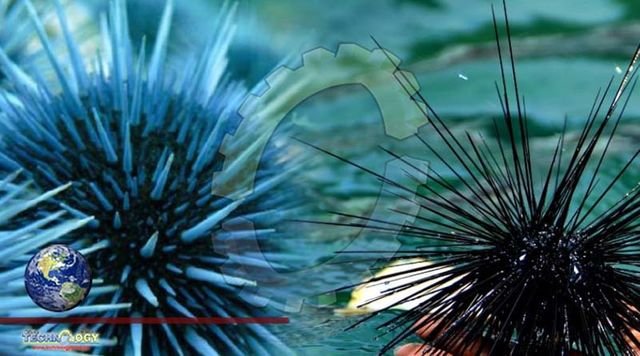According to the evidence, which was published on April 19 in Science Advances, Philaster apodigitiformis is the organism that infected the urchins.

In the Caribbean, it was discovered that dead sea urchins were overloaded with a particular type of microorganism known as a scuticociliate that was absent from urchins in good health.
Sea urchin populations in the Caribbean have been mysteriously declining since the beginning of 2022. Now, researchers claim to have found the primary offender: a scuticociliate, a species of relatively large, single-celled marine microorganism.
Given that “ciliates are not typically seen as agents of mass mortality,” according to Ian Hewson, a marine microbial ecologist at Cornell University, the discovery is a little surprising.
But according to the evidence, which was published on April 19 in Science Advances, Philaster apodigitiformis is the organism that infected the urchins. “In all the years I’ve spent researching marine diseases, this is the one about which we are absolutely certain.”
Oceans all over the world are home to scuticociliates. Given their widespread distribution, it is unclear what circumstances may have made P. apodigitiformis so harmful to sea urchins. Its method of infection-causing is also unknown. Although there are currently no treatments for the illness, knowing the identity of the pathogen enables the creation of potential solutions.
When an alarmingly similar mortality event started to spread in January 2022, wiping out thousands of urchins, decades of restoration efforts had made some progress. This time, scientists from the Americas and the Caribbean acted quickly.
Using various methods, three teams independently came to the same conclusion regarding P. apodigitiformis. The transcriptome, or collection of all active genes, was compared by Hewson’s team between healthy and diseased urchins from 23 different locations throughout the Caribbean.
The scientists discovered that some of the active genes in the transcriptomes of the sick urchins came from the microorganism rather than the urchins themselves. Researchers in Florida and Hawaii confirmed the genetic finding by observing scuticociliates in the tissues and fluids of sick urchins.
A closer inspection revealed that the scuticociliates tended to collect in the body walls and at the base of the spines of the sick urchins. The urchins that were in good health lacked the microbes.
The pathogen had to be isolated before it could infect healthy urchins. Six out of ten infected urchins lost a lot of spines four days after infection, which is a typical sign of sick urchins. The uninfected urchins all retained their spines. Michael Sweet, a marine disease ecologist at the University of Derby in England who was not involved in the study, says it was “really exciting to see”.
It’s unnerving but also exciting to hear the name of the ciliate, Philaster, used in connection with an urchin disease for the first time. According to his research, the genus is connected to a number of coral diseases.
While the scuticociliate unquestionably plays a key role, according to Sweet, there are almost certainly other factors at play that could help explain what started the recent die-off, such as other microorganisms or environmental stressors. Whether the 1980s die-off was caused by the same pathogen is currently unknown. By examining artefacts from museums from the time, Hewson’s team hopes to find the answer to that query.